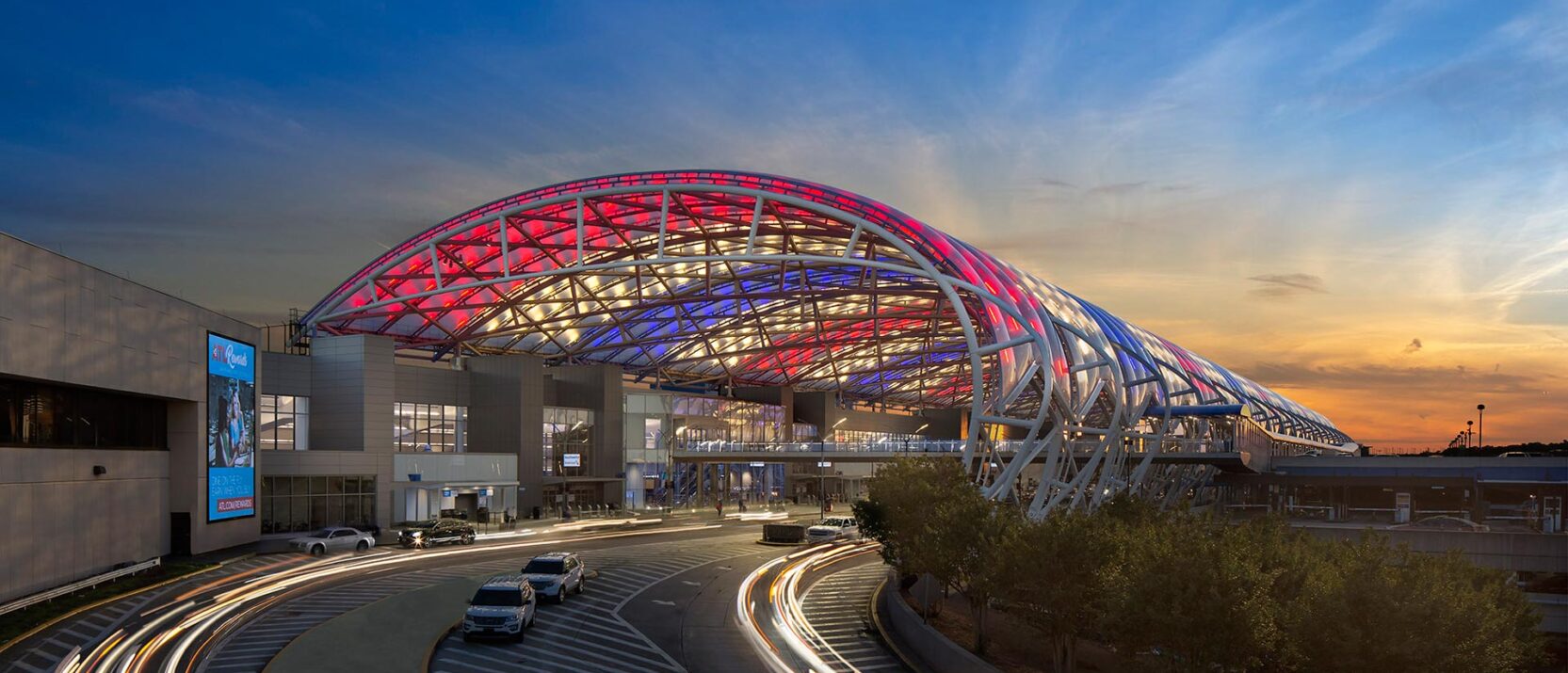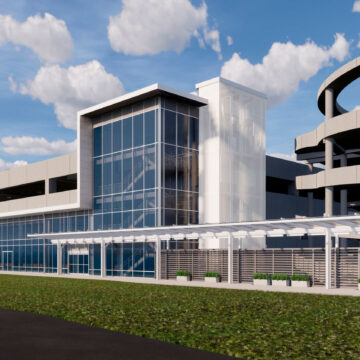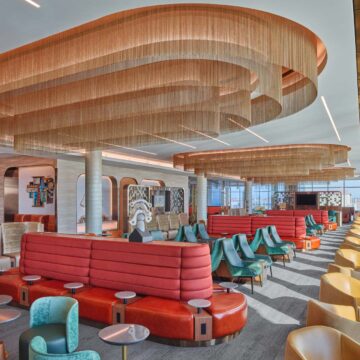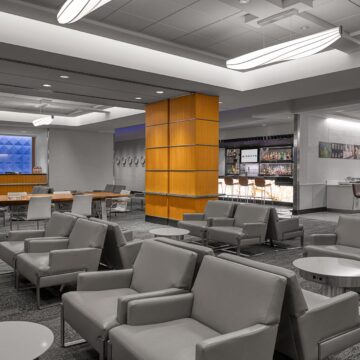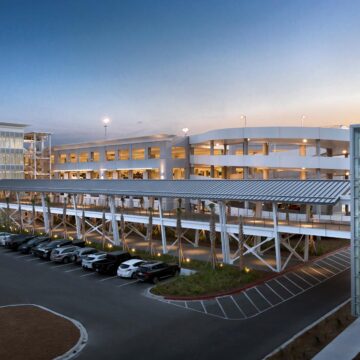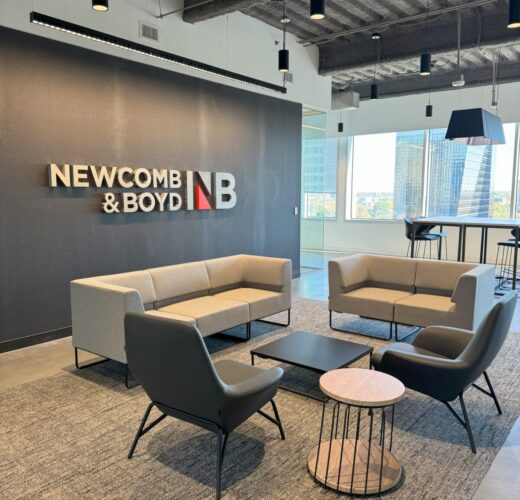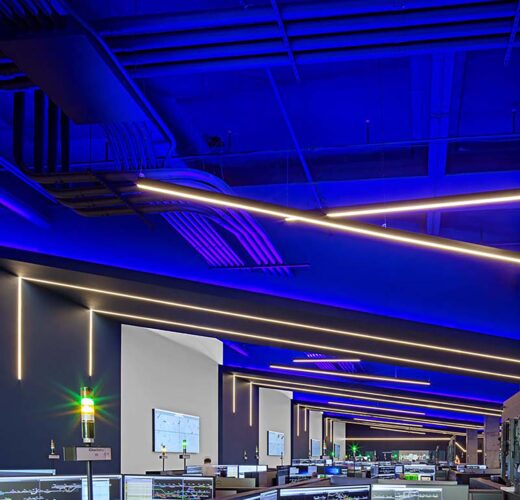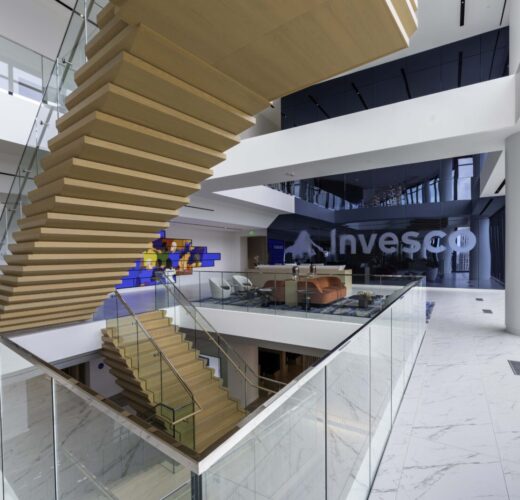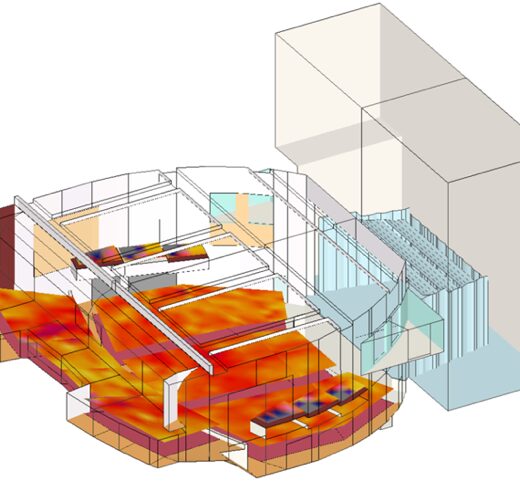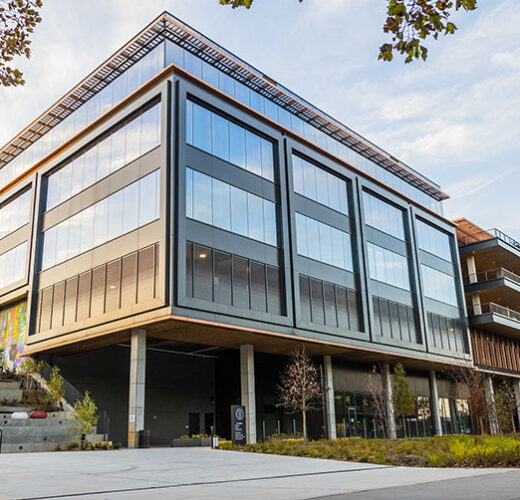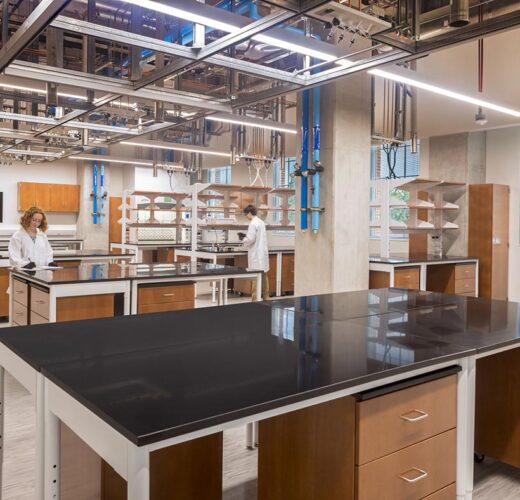Integrating our engineering and consulting services across markets
We combine efficiency, technology, and artistry to shape skylines and build a better future.
Hartsfield-Jackson Atlanta International Airport Landside Terminal Modernization
Terminal modernization includes façade, canopies, lighting, HVAC, fire systems, retail relocation, atrium renovation, and sustainable features like insulated glass.
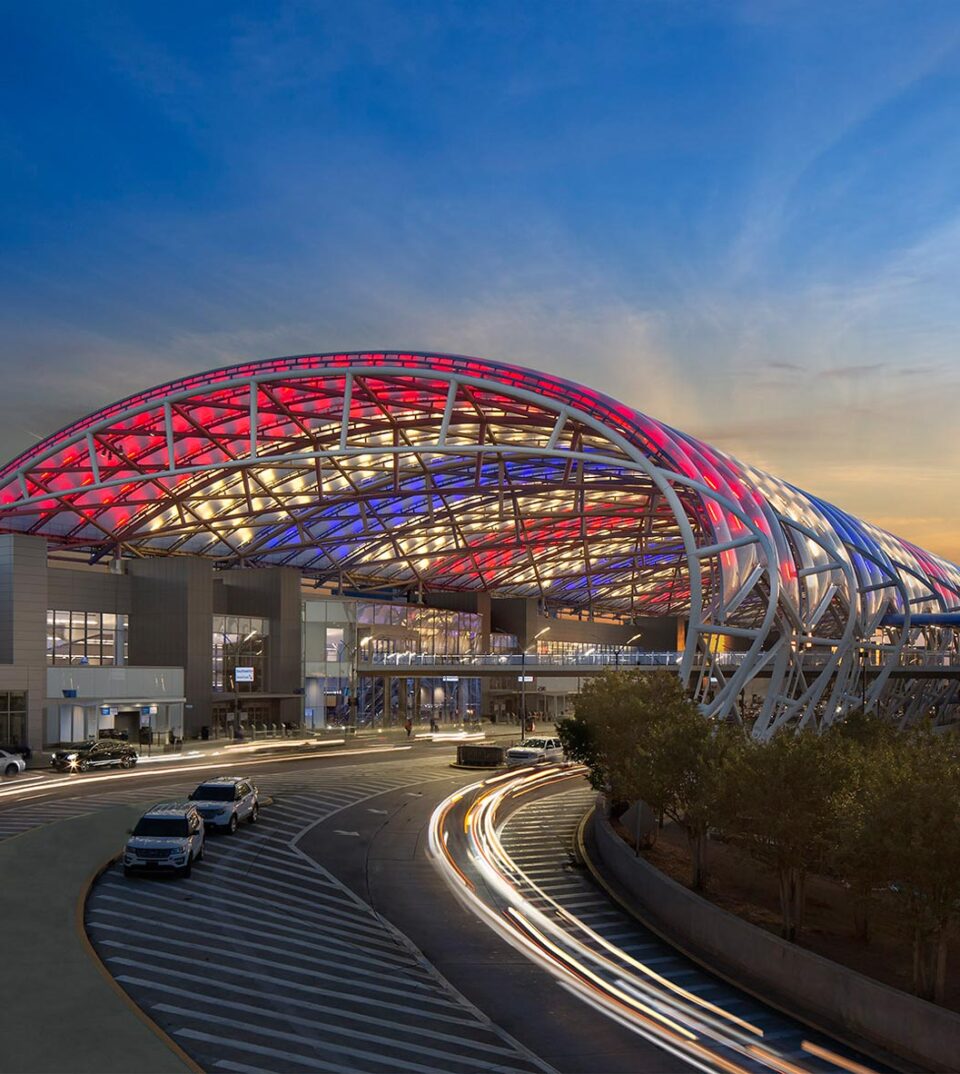
Aviation
View all markets
View all services
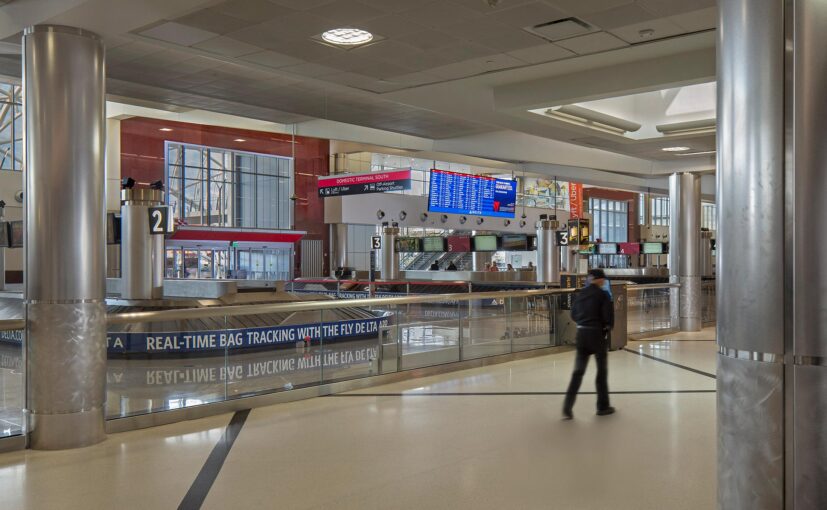
The true wonder of airports largely goes unseen. You experience the natural light and feel the grandeur of the structures' open spaces, from the ticketing concourse to the flight terminals. But beneath the surface, the infrastructure that keeps the operational and security technology running -- and travelers as well.
Divider
View aviation projects
Contact us

Steve Hayne
Associate Principal
Director

David Chandler, PE
Partner
What we’re working on
Check out the latest cutting-edge techniques we use every day to bring our projects to life.
